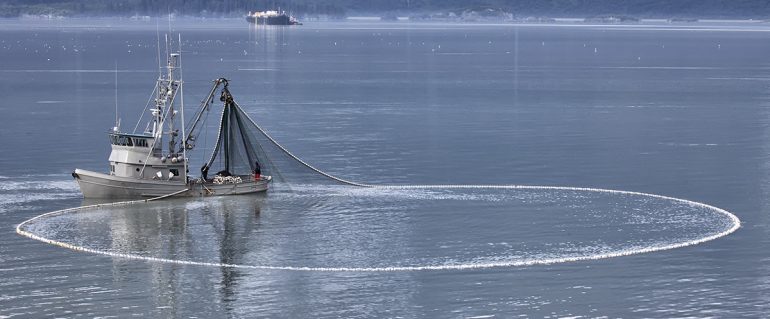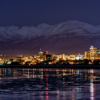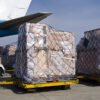5 Busiest Alaskan Fishing Cities & Ports
Alaska ranks the highest in the U.S. in value and volume of seafood caught yearly; accounting for more than half of the nation’s seafood. Every year about 6 billion pounds are freshly caught in the cold clear waters of the region and processed locally for residents and shipping globally. These statistics alone are impressive, but even more so knowing that a large portion of this activity occurs only during summer months (from May to September), due to dangerous weather and water conditions during the rest of the year.
In addition to the fishing fleets, there are a recorded 700 seafood buyers, exporters, and processors, too. It is clear that the commercial fishing industry is critical to the Alaskan economy. Plus, with such a short fishing season for many, it is critical that ships in the fleet stay operational at all times. When a vessel experiences a part failure, it could be detrimental to the catch volumes for the time until a replacement can arrive. Alaska Air Forwarding is a trusted partner for this industry by quickly shipping commercial fishing supplies to and from Alaska. We understand those critical needs and work to a speedy resolution so everyone can get back to the job at hand.
ANCHORAGE
The Anchorage metropolitan area is a major cargo center in the North, which is probably why more than half of all Alaskans live within 1-2 hours of this port. Not only due to deep water access, but also well-developed air, railway, and pipeline transportation systems. The Port of Alaska is located here and is considered “tsunami-proof” due to its location in the Upper Cook Inlet. Since Anchorage is the only customs zone in Alaska, Seattle actually ranks second in exporting Alaskan seafood products. Alaska Air Forwarding recognizes the importance of this transportation hub with an office location adjacent to the Ted Stevens Anchorage International Airport.
KODIAK
Kodiak is Alaska’s largest fishing port and is the third largest port in the United States. Located on Kodiak Island, the waters in this region are well known for salmon (5 species!), Trout, Cod, Rockfish and King Crab. With King Crab and various bottom-feeding species popular catches in Kodiak, the fishing community is different here than in many ports in Alaska. This port actually enjoys a year-round fishing season which helps provide steady employment to the area. Kodiak is also famous for its’ wildlife refuge that is home to Kodiak Bears.
HOMER
Located about 200 miles southwest of Anchorage on the Kenai Peninsula, Homer is known as the Halibut Capital of the World, just edging out Kodiak in volume. This large fishing fleet, many seafood buyers and sport fishermen, play a large role in the economy of the area. Homer also has many great fishing spots on local rivers, enticing tourist visits from May to September. King Salmon, Dolly Varden, and Steelhead Trout and Rainbow Trout are also plentiful here.
BRISTOL BAY
The commercial fishing industry in Bristol Bay includes eight major river systems and is home to the largest single salmon run in the world. All five Pacific salmon species (Coho, Pink, Chum, King, and Sockeye) return to spawn in Bristol Bays’ rivers every year; with around 37 million Sockeye’s alone.
DUTCH HARBOR
Dutch Harbor, a busy fishing port on Amaknak Island, located 900 miles southwest of Anchorage, is accessible only by air or by ferry. Even though it’s a bit isolated, it still leads the U.S. in overall seafood landings. Cod and pollack harvested in the Bering Sea’s robust waters make up a large portion of the intake. Alaska Air Forwarding also has an office in Dutch Harbor to further serve industry needs in this port.
Alaska has amazing opportunities for commercial and recreational fishing and the bounty in these waters are excellent quality. In addition to the immense natural beauty of this state and whether you are fond of saltwater or freshwater, you’ll be blown away by all Alaska has to offer.






